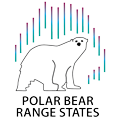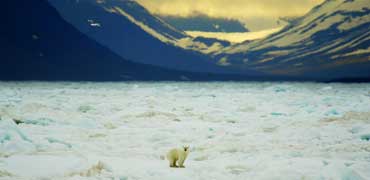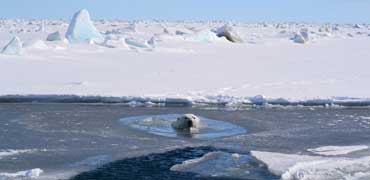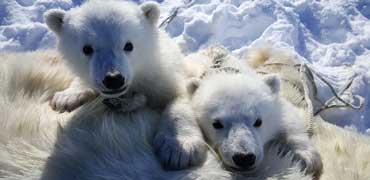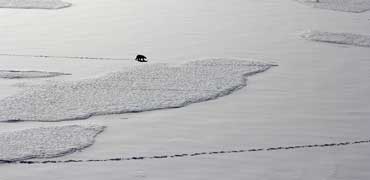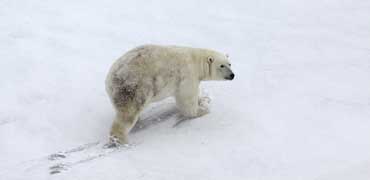 Photo credit: Morten EkkerPolar bears are the most carnivorous of all the bear species. They metabolize fat more efficiently than protein, and their energy-rich diet enables them to have a larger body size than other bears. Polar bears feed primarily on ringed seals, but will also eat bearded seals, harp seals, hooded and harbor seals, when available.
Photo credit: Morten EkkerPolar bears are the most carnivorous of all the bear species. They metabolize fat more efficiently than protein, and their energy-rich diet enables them to have a larger body size than other bears. Polar bears feed primarily on ringed seals, but will also eat bearded seals, harp seals, hooded and harbor seals, when available.
Larger prey species such as walrus, narwhal and beluga are occasionally hunted. Polar bears will readily scavenge on marine mammal carcasses. Polar bears will also eat birds, fish, vegetation and kelp, although the caloric contribution of such foods likely contributes little to their overall sustenance.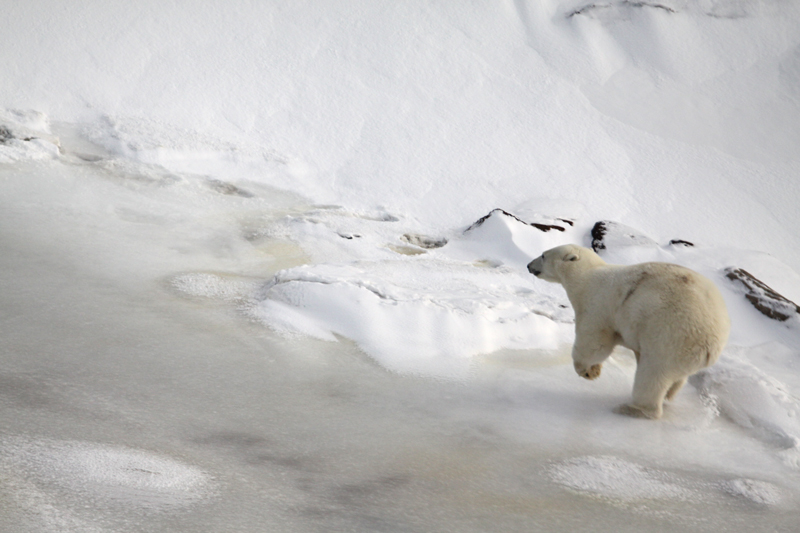 Photo credit: U.S. Fish and Wildlife ServicBears that remain on land during the summer months rely primarily on their fat reserves and conserve their energy by remaining inactive most of the time.
Photo credit: U.S. Fish and Wildlife ServicBears that remain on land during the summer months rely primarily on their fat reserves and conserve their energy by remaining inactive most of the time.
Source: Circumpolar Action Plan
